Zdeněk Koubek: The Trans Athlete Who Changed 1936 Summer Olympics
The relationship between gender and sports has always been complex. One notable figure from the 1930s is Zdeněk Koubek, a transgender man who initially competed in women’s athletics.
After setting several world records, Koubek transitioned from female to male in 1936, gaining international fame and sparking widespread discussions about gender and science in sports.
His story marked a significant moment in sports history, highlighting the challenges and changes in understanding gender identity.
Zdeněk Koubek’s journey to triumph in athletics
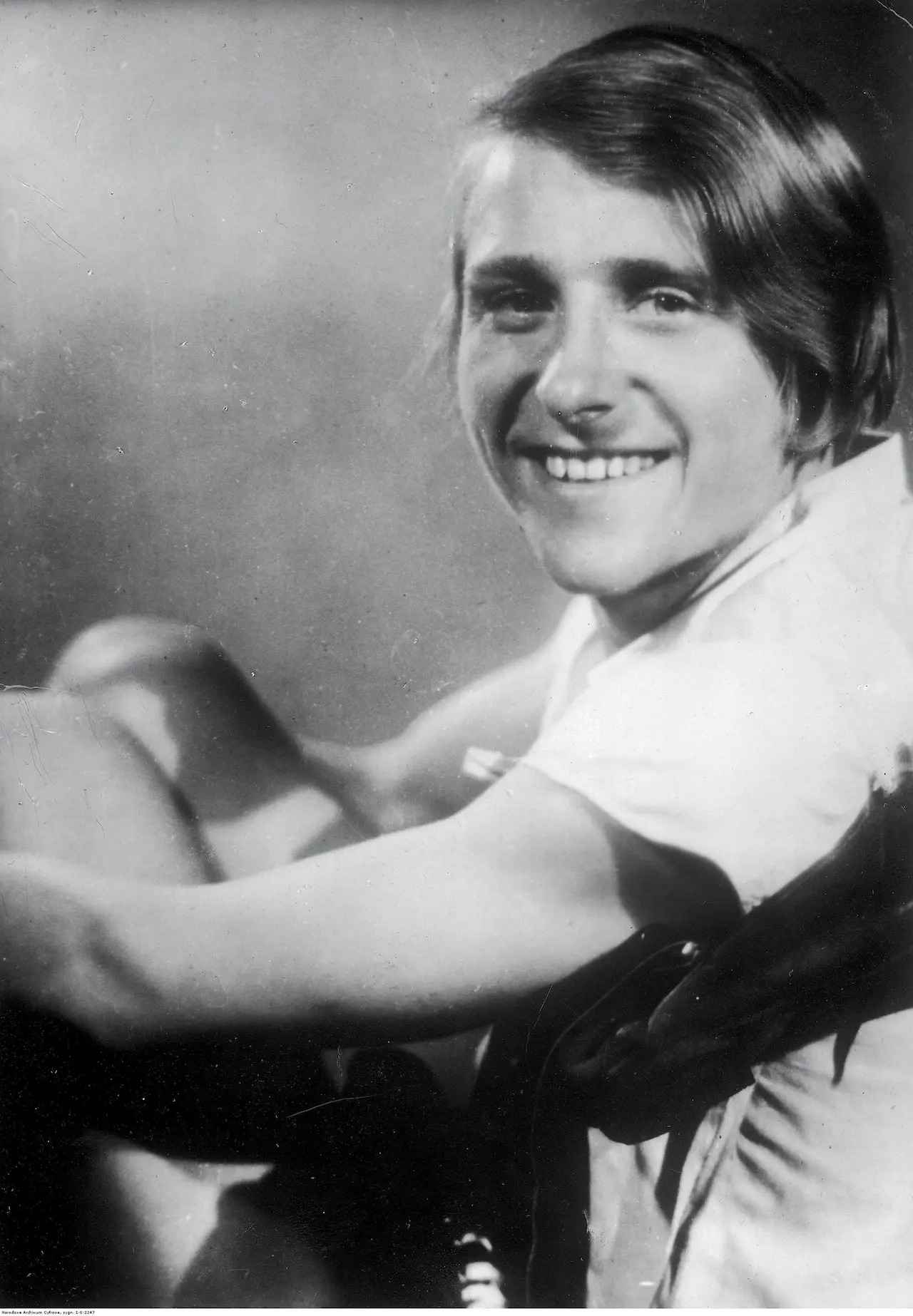
Zdeněk Koubek was born on December 8, 1913, in Paskov, Czechia (now the Czech Republic), into a poor Catholic family as the sixth child of Jakub Koubek, a winemaker on Count Stolberg’s estate. Born without male genitalia, he was raised as a girl.
Though the world saw him as a girl, he felt otherwise. This internal struggle was especially challenging during his teenage years. However, he found solace in track and field, becoming obsessed with the sport.
He devoured the sports sections of newspapers, cutting out photos of top sprinters, and began training by running laps and practicing the high jump.

In 1929, while working at a haberdashery, Koubek joined a local women’s sports league, where his speed quickly garnered attention from a club associated with the local university. A friend described Koubek to a team official as “a girl with the devil in their body.”
There, he began training for the 1934 Women’s World Games, the largest global competition for female athletes at the time. During this event, Koubek won five national titles in the 100 m, 200 m, 800 m, high jump, and long jump.
On June 14, he set his first world record in the 800 m with a time of 2:16.4. He followed this with another world record in the medley relay (2×100 m, 200 m, and 800 m) at 3:14.4.
In August, Koubek won the 800 m event with a world record time of 2:12.4 and finished third in the long jump with a national record of 5.70 m.

His outstanding performance and gender-non-conforming nature sparked rumors. Newspapers noted his “masculine” behaviors, leading to an anonymous request for Olympic doctors to verify his gender. As a result, Koubek left competitive sports.
Around this time, writer Lída Merlínová published a biography titled Zdenin světový rekord (Zdena’s World Record), which portrayed Koubek as gender non-conforming and androgynous.
Merlínová, known for her writings on queer people, added to the controversy surrounding Koubek’s career.
Koubek gains international fame after gender transition

After leaving sports for a while, Koubek reappeared with “The World Record Woman,” a 20-part biographical series in Prague Illustrated Newsletter.
In this series, he revealed that doctors had mistakenly assigned him female at birth, which had turned his life into a mess over the past two decades.
In late 1935, České Slovo reported, “The world record holder Koubková is preparing for an operation, after which she will end athletics.”
He entered a sanatorium in Prague’s Podolí as a woman and left in March 1936 as a man, Zdeněk Koubek. Though he felt like a “guinea pig,” it was the price of healthcare at the time.
Consequently, all of the domestic and international Koubková records were canceled and removed from the charts.
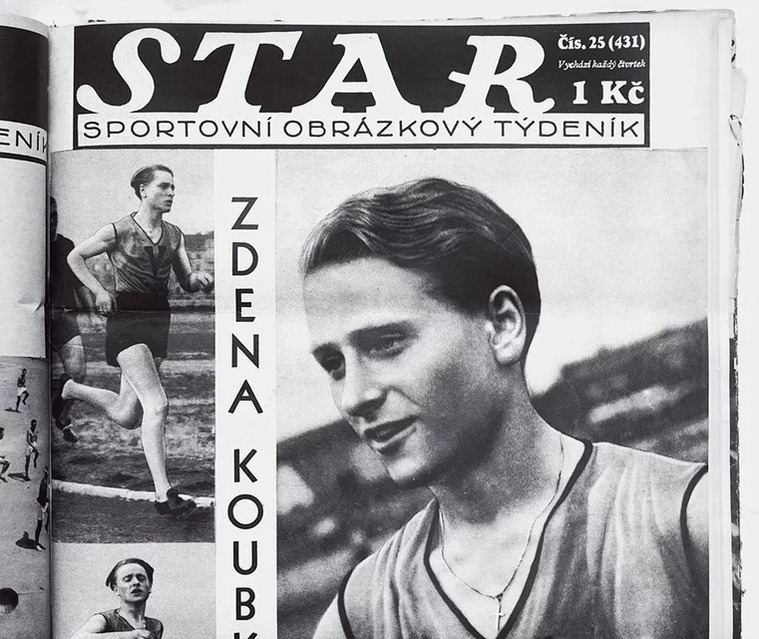
Koubek was not widely known before his gender transition, despite setting a world record in the women’s 800-meter dash. His fame was mostly limited to European sports fans. However, after transitioning, he became a global star.
In August 1936, Koubek traveled to New York to perform on Broadway and mentioned to the press that he was in talks with Paramount about a movie based on his life.
He later went to Paris, where he performed alongside Josephine Baker. French newspapers paid up to 1,000 francs for interviews with him.
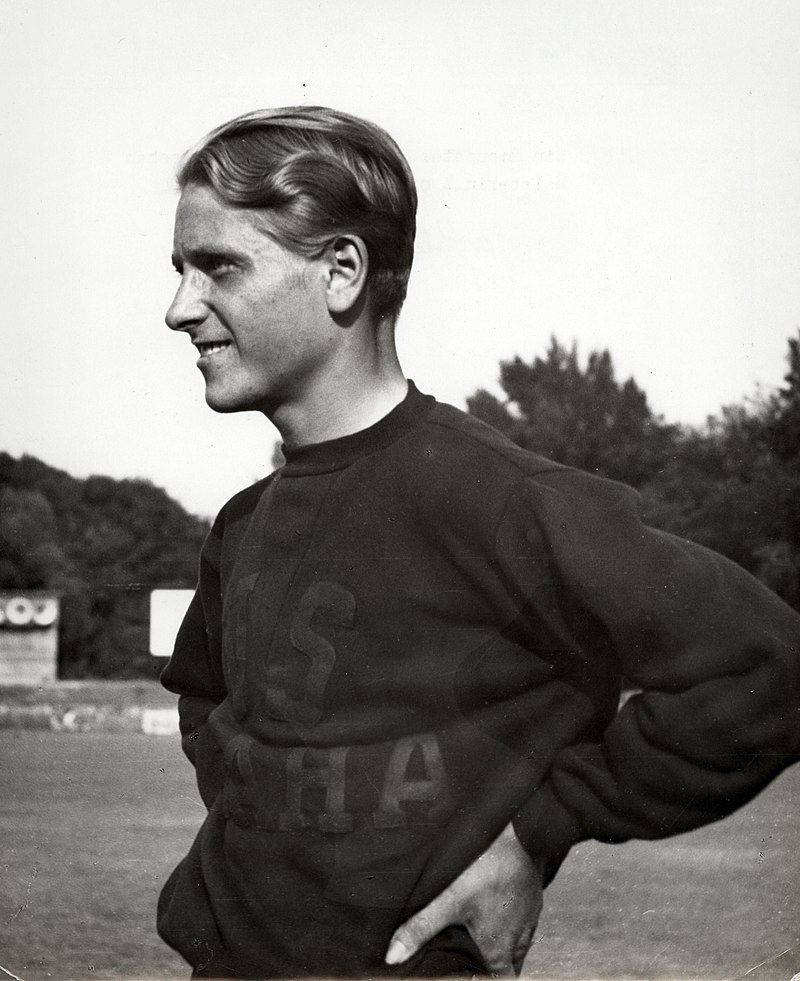
Publications from the New York Times to TIME covered his new life, often with a tone of empathy. TIME noted that while “sex change” cases fascinated tabloid editors, medical professionals found it unsurprising that nature sometimes blurs sexual development.
Physical Culture, a leading sports magazine, pondered, “How is such a transformation possible? Can science alter the sex of a human being?” and concluded that gender transitioning was more common than readers might think.
Although Koubek was largely forgotten in sports history, historian Lindsay Parks Pieper noted that his story highlighted the new technologies making sex-reassignment surgery possible.
1936 Olympics set new gender policy

Koubek became a symbol of the vast possibility of gender, but to a few Olympic officials, this seemed problematic.
Avery Brundage, an American sports official, began expressing concerns about “hermaphrodites” participating in Olympic sports.
In June 1936, he wrote to the head of the Olympics, raising the issue of female athletes with “apparent characteristics of the opposite sex,” and suggested mandatory medical examinations before participation.
This concern seemed misplaced at best and punitive at worst, especially since Koubek was no longer competing in women’s sports.
A few months later, Brundage’s suggestion became policy. In August 1936, during the Berlin Olympics, the International Amateur Athletic Federation (now World Athletics) implemented a rule allowing medical examinations of athletes whose sex was questioned.
Zdeněk Koubek’s life as a trans guy
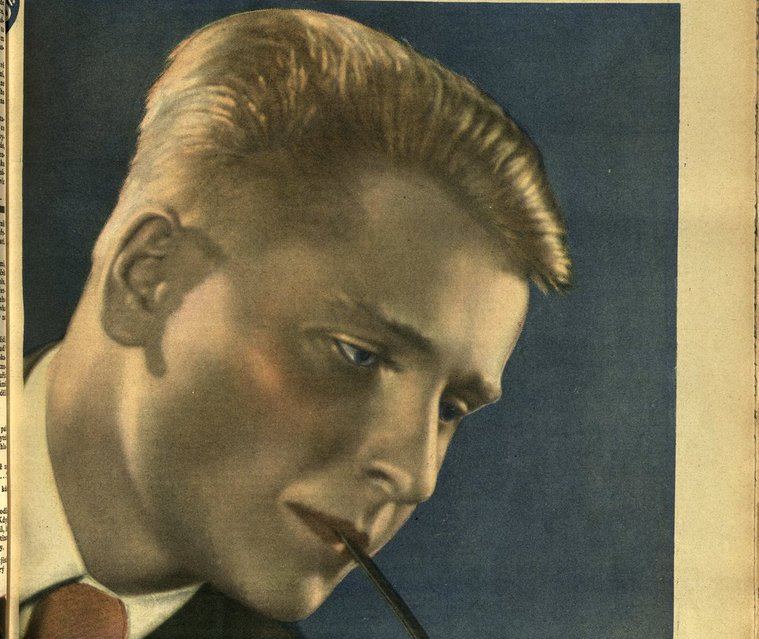
Contemporary sources often referred to him as intersex, but Koubek spoke about his experience in terms that resemble modern transgender narratives. He once told the press his “soul” was “always more for being a man.”
When Koubek publicly announced his decision to live as a man, the public largely supported him. Having retired from women’s sports, he expressed a desire to compete against men.
Alice Milliat, head of the Women’s World Games, stated: “If it is proved that [Koubek] has become a man, it is logical to consider that previously she was a woman,” when asked whether to revoke Koubek’s gold medal
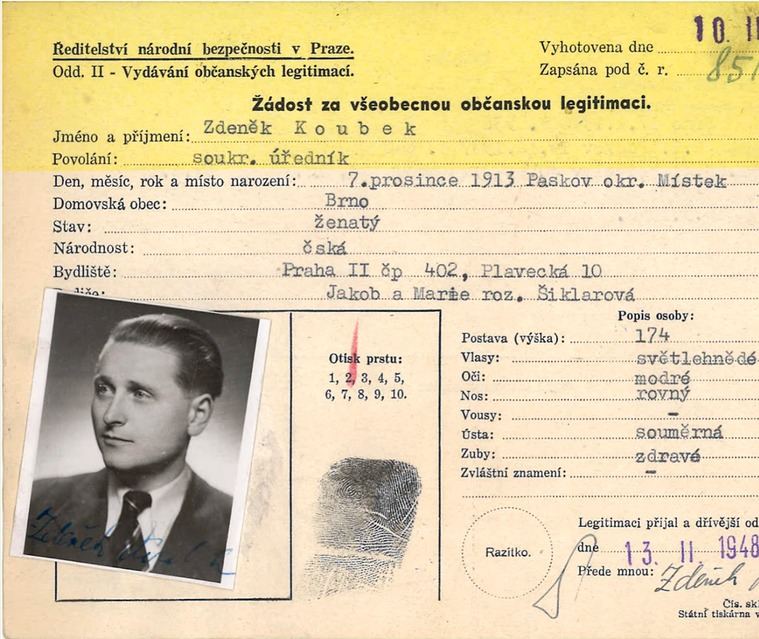
Koubek started his new life as a man with a mix of happiness and uncertainty. He worked in clerical roles at the University Sport and the betting company Sposak but needed initial capital for his new life. This led him to embark on a second foreign tour.
In New York, he ran on a stage treadmill, earning substantial money. He then performed in Paris, doing track and field exercises in the Folies Bergere cabaret.
Returning to Prague, he worked as a clerk at Janeček and later at the Mladá Boleslav automobile company during the German occupation. In 1940, he married Uršula Škrobáčová and later worked at the Škoda factories.

In 1944, he returned to sports, joining a men’s rugby league, RC Říčany, near Prague. Though he never competed in the Olympics, he found a way to play sports on his terms.
Koubek lived in Garden City and died on June 12, 1986, at seventy-two.

